Snow days can be hard enough on parents, but if that snow day, storm, or other weather event also brings a power outage, like so many of us have experienced this past year? It’s an even trickier situation. So in an effort to keep my home running as smoothly as possible, especially with kids in the house, I’ve put together more than 30 tips to help you make sure you’re prepared for a power outage — before and after it happens.
So check out these tried and true strategies to keep your family safe, warm, fed, and hopefully even entertained when the power goes out. And here’s to hoping it’s restored quickly!
– Updated for 2022 –
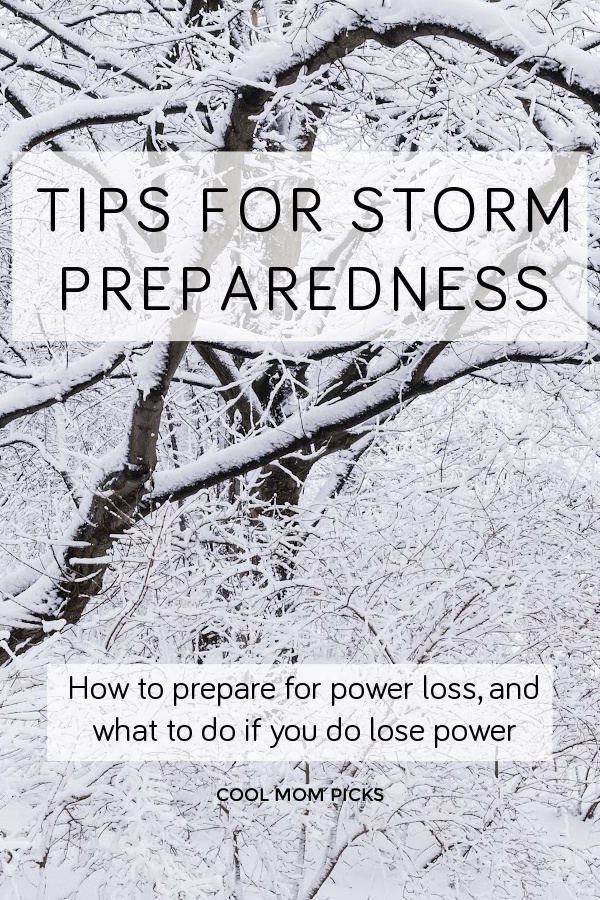
This post contains affiliate links and some purchases may generate a small commission that helps support our team at no additional cost to you.
How to prepare for a power outage
1. Check flashlights and stock up on batteries.
Make sure flashlights are functional, full of fresh batteries (or fully charged if you’re using rechargeable flashlights like this one) and place them strategically around the house — including kids’ rooms the kitchen, the garage. No one wants to rummage through a junk drawer or the back of a cluttered closet in the pitch dark.
2. Have a stash of unscented candles and battery-operated lanterns.
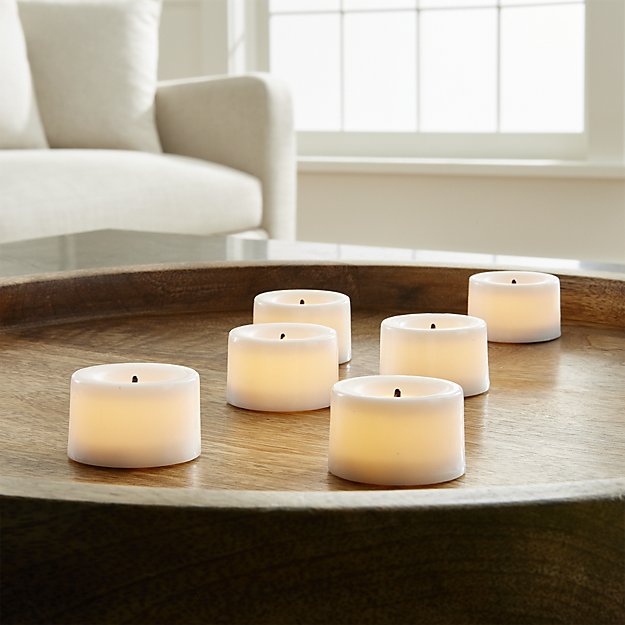
Be sure to keep matches or a lighter nearby. (You can even tape a book to the bottom of the candle if that helps.)
Battery-operated or flameless tea lights like these from Crate & Barrel are also great to have spaced around the house; but they don’t tend to radiate a lot of light for reading or cooking.
3. Be sure to have fire extinguishers and carbon monoxide detectors in your home.
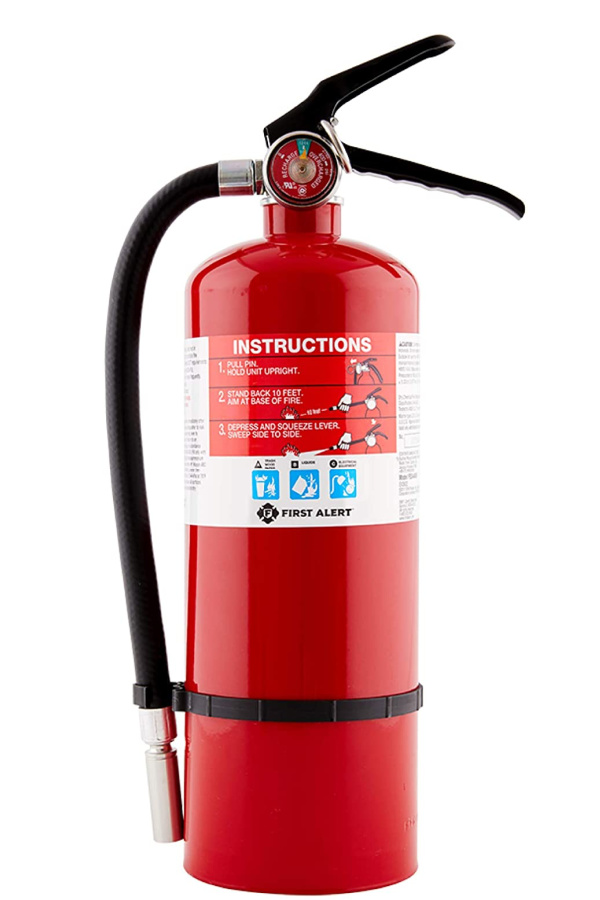
Power outages can increase the risk of carbon monoxide in homes, due to the use of gas-powered generators, propane heaters, and lanterns.
After much research, this First Alert Fire Extinguisher seems to get the best ratings — as does this combo smoke and carbon monoxide detector, which is battery operated and doesn’t include hard wiring.
4. Fill your freezer with gallon jugs or sealed plastic bags of water.
The extra ice in your freezer will help your food stay colder longer. If gallon jugs won’t fit, try filling up gallon-size Ziploc bags almost to the top — you’ll need to have some room for the water to expand as it freezes.
5. Charge all devices, power packs and rechargeable batteries.
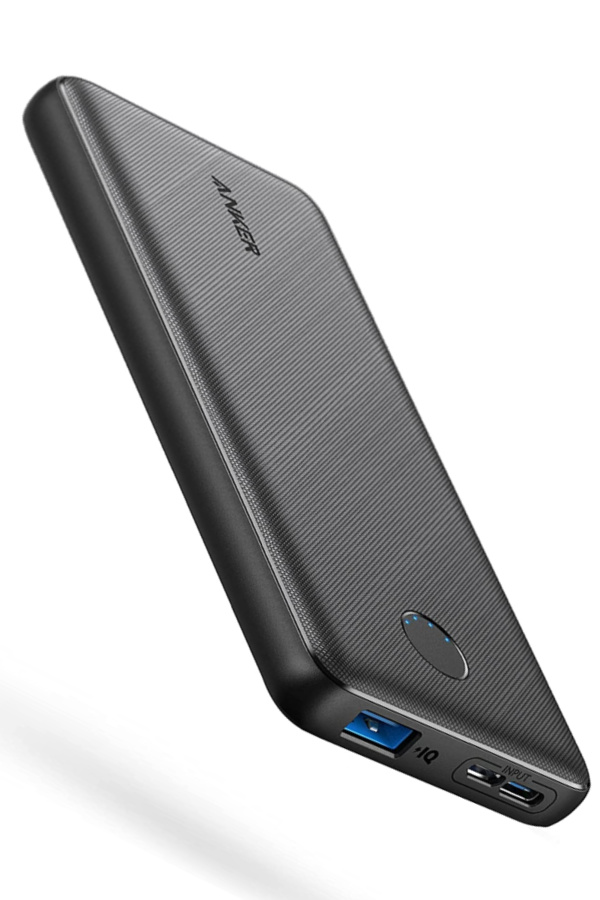
Portable chargers are a must for us always, and especially during a power outage. Keep yours all charged to give you an extra boost — and don’t let the kids use them up playing Roblox! The Anker Portable Charger gets top marks and is really affordable.
We recommended Jackery chargers or years, but they’ve moved onto portable generators, and one of those can’t hurt. ( Jackery also has a guide to finding which one is right for you.)
For backup power for a PC laptop, check out the Mophie Powerstation XXL; and for Apple devices and MacbBooks, we hear great things about the Mophie’s Powerstation for Mac has USB-C ports.
6. Make sure you own surge protectors, not just power strips
A good surge protector (we’re fans of this one from Belkin) can save your data — and a lot of heartache — if the power suddenly goes out. It’s affordable, and a great investment, even when you’re out of storm season.
7. Check medication supplies and make sure all essential prescriptions are filled.
Not just prescriptions, but the basics like pain relievers, whatever the kids need these days, and even an emergency first aid kit
8. Have a tent ready for set-up, and/or sleeping bags.
Camping essentials can help you stay warm indoors if you lose heat. Just make sure you keep them somewhere that’s easy to access, and if a power outage seems likely, assemble tents before the storm hits.
9. Consider an indoor propane heater
…but only if you can use it safely. If you live in an apartment, check your building’s regulations. If you live in a house, make sure you have a good carbon monoxide detector before using the heater — and make sure those batteries are charged! Then, be sure you have a safely-stored stash of propane, of course.
10. Be sure your car has a full tank of gas.
If there’s a power outage, you’re not going to be able to fill up until you’re out of town somewhere.
11. Have an ample stash of firewood.
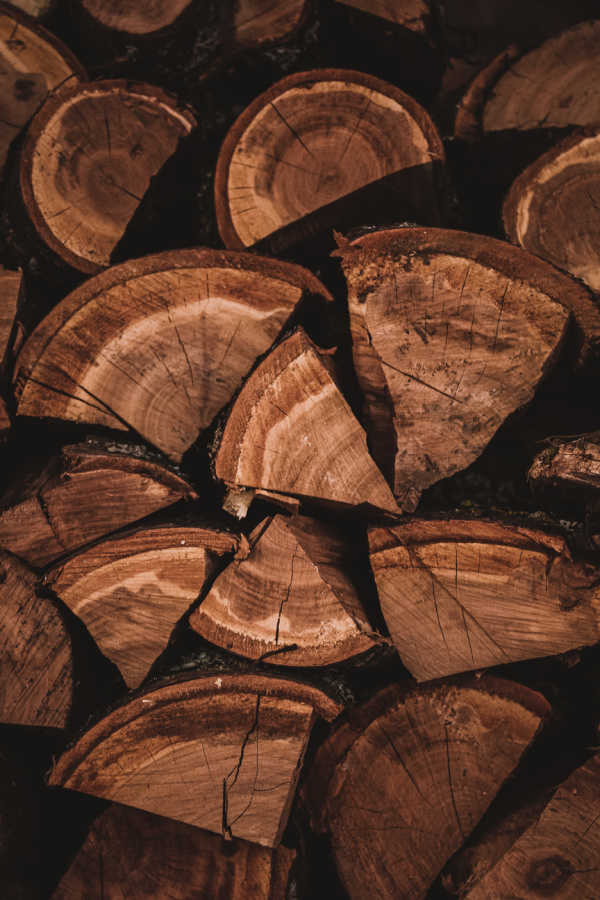
Photo by Tijana Drndarski on Unsplash
12. Start a fire before you need it…and keep it going.
If you have a fireplace or wood burning stove, put it to good use! And of course you know this — but those fake logs don’t provide heat. You’ll need real firewood.
13. Turn up the heat while you still have it!
Don’t worry about heating bills right now — crank it up. The warmer your home is to begin with, the longer it will take to cool down. (And hopefully you’re well-insulated, right?) You’ll also create more thermal mass by warming spaces normally unused in your home, so don’t forget finished basements, offices or dens.
And of course, double check that all those windows are closed, or use window caulking or silicone sealing tap for windows to patch up those leaky corners.
14. Stock up on disposable hand/foot warmer packs
Can’t hurt to have disposable hand warmer packs on hand anyway — stash some in the car!
15. Have mittens, gloves, hats, and other outerwear easily accessible.
These battery-heated gloves for motorcycling are a little extra, but insulated gloves made for the outdoors should do the trick. Even if those knit mittens are really cute.
16. Purchase non-perishable foods and have a (non-electric!) can-opener available.
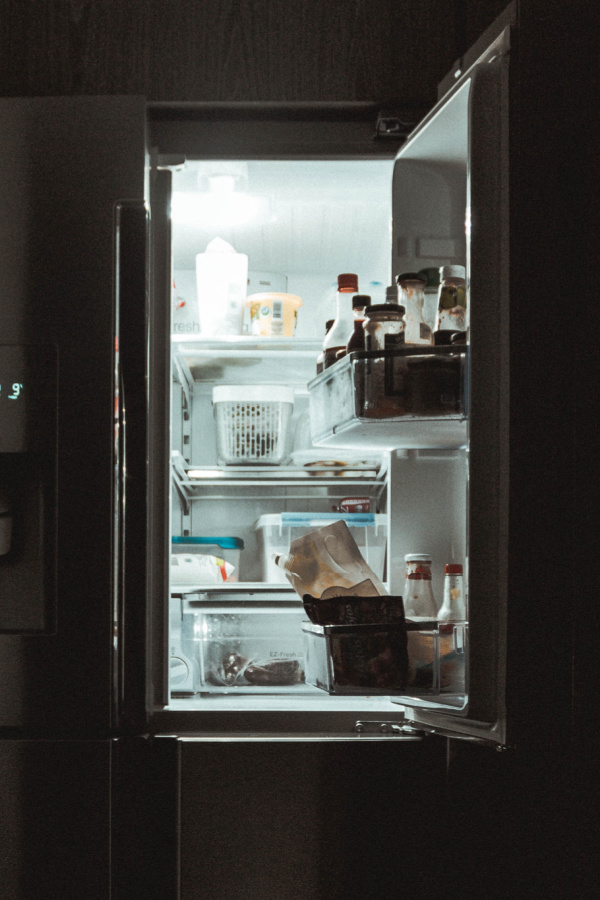
Photo by nrd on Unsplash
As much as everyone goes running for eggs and milk during a storm, pantry-stable foods are a must. Also, be sure to check out this guide to what’s safe to eat after a power outage when your power comes back on.
17. Estimate a gallon/day of bottled water per person.
Not just for drinking, but handwashing and toothbrushing. If you have a baby at home who requires a lot of bottle washing, have extras, just to be sure.
18.. Fill the bathtub with water and have a bucket of water ready to fill toilets and enable flushing.
You’ll be grateful if you need it. Trust me.
19. Make a trip to the ATM for cash
Local businesses may lose their ability to accept credit cards or contactless pay, and while neighborhood stores may offer you some credit, it can’t hurt to have cash on hand.
20. Consider buying glow sticks, bracelets, or necklaces for kids
You can find them at your local dollar store or buy glow stick bulk sets like these, which are designed for emergencies, not rave parties.
21. Get out a stash of unplugged games, crafts, puzzles and activities to entertain the kids.
If you run out of ideas, take a look at our ideas for fun snow day activities for kids and our guide to 10 fun, educational indoor activities for preschoolers and young kids, for when you’re stuck inside
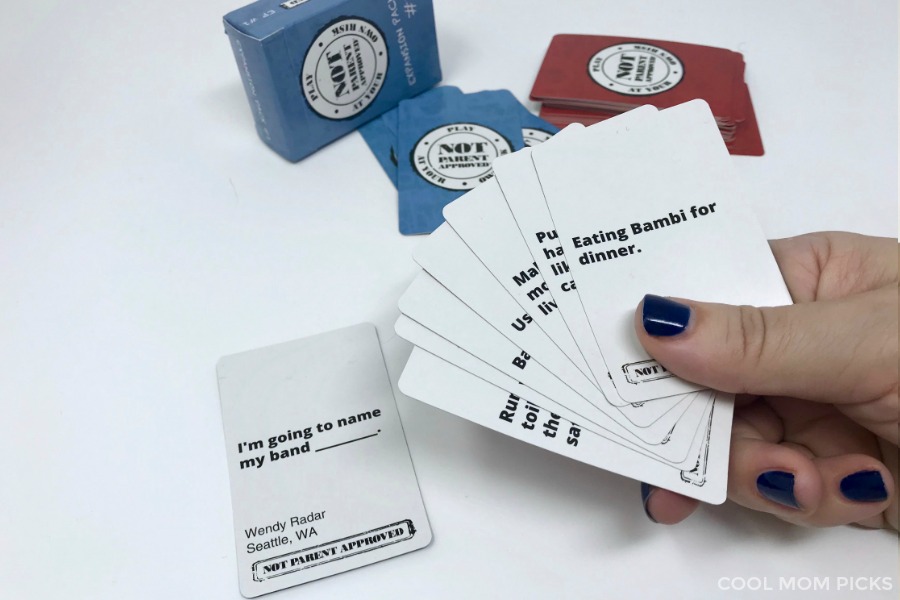 Not Parent Approved: A favorite family game
Not Parent Approved: A favorite family game
Also we have guides to:
– 5 fun card games for kids that our family is loving right now.
– 7 great new family board games that take 30 minutes or less to play
– 6 fun group board games for big groups
– 20 fun, educational board games for kids
– 11 of the best board games for older kids
22. Make a pot of coffee or hot chocolate and keep it in a thermal carafe.
Thermal carafes may not be something you own, but hey — if you’re a coffee drinker, you may be grateful to own one. Plus, you can enjoy it all day if you’re working from home.
23. Know how to operate your garage door manually.
Don’t sleep on this one!
24. Consider increasing your cell phone data plan temporarily, to avoid overage charges this month.
You’re going to use a lot of data if your WiFi goes out for any significant amount of time…and multiply that by number of devices in the house. If you’re still on a limited data plan, take a look at that.
25. Know how to use your phone as a VPN
Using your phone or tablet carrier signal as a VPN (virtual private network) will give you the ability to access the internet from your laptop, even without WiFi. It’s easy on an iPhone; or here’s how to do it with an Android device.
26. Write down any important phone numbers and passwords you might need in an emergency.
We are so reliant on our smartphones as our address books — be sure to have a hard copy of numbers, passwords, or other info that you only have stored electronically. (This is a good tip for life, by the way.)
27. Keep your porch light on
This is a helpful visible sign for workers in the neighborhood who may be canvassing the neighborhood for outages, and are attempting to restore power.
28. See if you can sign up for outage alerts from your power provider
Con Edison in New York, for example, has a text alert system for power outages which can be a great help should you need to check your home’s status (say, you’re away from home), monitor your neighborhood, and get alerts for what’s happening in your neighborhood.
What to do if your power DOES go out:
1. Unplug all appliances and devices that are at risk of damage during a power surge.
Of course that surge protector helps, but it can’t hurt to unplug.
2. Close all doors inside the house, close vents for forced hot air to retain the heat you have.
You may remember to close windows, but internal doors and vents are easily forgotten.
3. Avoid opening and closing exterior doors.
This goes without saying — but be sure the kids know.
4. Place your phones in low power mode.
Same goes for smart watches and laptops.
5. Do not open the refrigerator and freezer unless you really need to.
You can also keep essentials like milk in an Igloo cooler, should you already own one for camping or tailgating.
6. If you do have food that you need to use, remember an outdoor gas grill is a great option. Just don’t bring it inside!
Please please don’t bring a gas grill indoors.
7. Check on elderly neighbors or those who may need assistance.
Also, neighbors with newborns and pets. You may have a warmer home that can really save someone.
8. Make sure to report your outage to your local power company so they can map the outage and make repairs sooner.
Check details on their site in advance so you know the best way to report if you lose power.
9. Look into filing reimbursement claim forms for spoiled food or medication.
Your power company should have these available online, but many have to be done soon after the outage, like within 30 days. You may also be covered by your homeowner insurance or renters insurance for food spoilage or electronic damages, but only if the amount of damage exceeds your deductible.
10. Be patient! Emergency workers are doing their best.
In fact, thank them if the opportunity presents itself. Maybe with some of that carafe of coffee you made?
Top image:Joshua Bartell on Unsplash
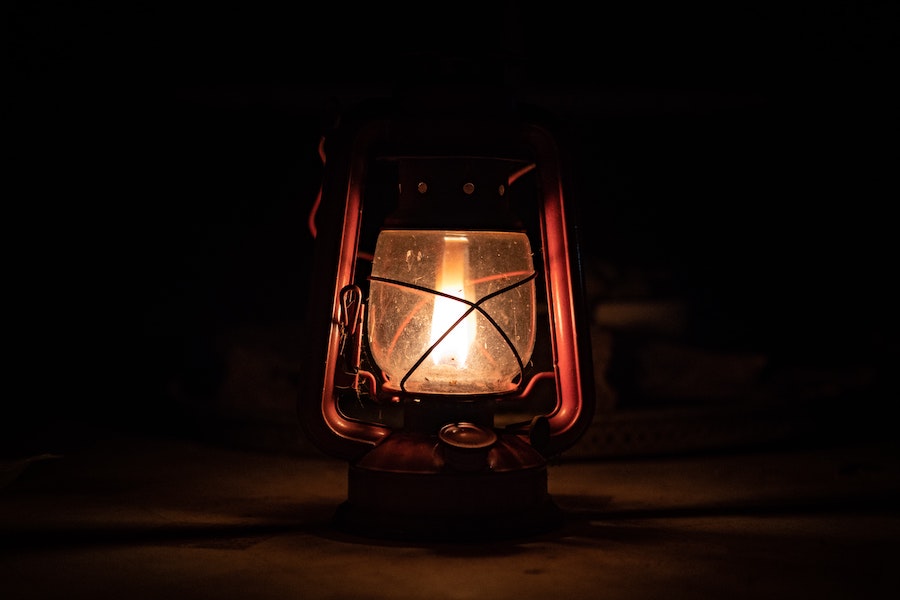





How do you keep a porch light on without power?
You can’t! That’s why it’s included in the preparation section of this list of tips. I believe the idea is to keep it on *before* losing power, so that if say your neighbors lose power but you don’t, workers can get to the root of the problem faster.
Great list! I live in Alberta, Canada and we had a 48-hour power outage in January a few years back. After that experience, we invested in a generator to keep the furnace and essential appliances running. No one wants pipes bursting!